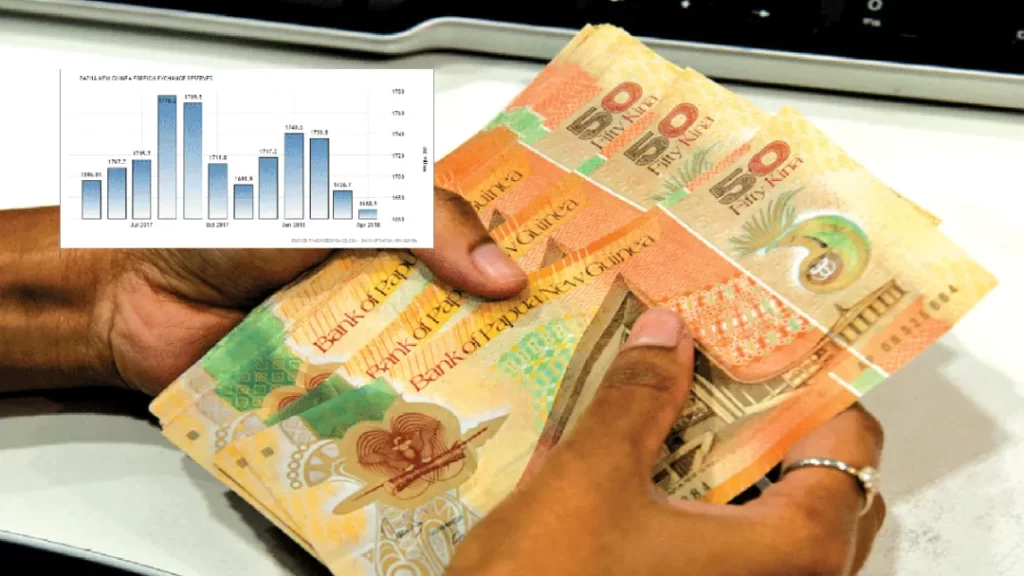Papua New Guinea’s foreign exchange (forex) backlog has significantly eased, falling to K100 million by the end of April 2025—the lowest level recorded in nearly a decade, according to the latest data from the Bank of Papua New Guinea and international financial institutions.
Market analysts attribute this positive development to rising global prices for key PNG exports and effective regulatory measures by the central bank, which have together provided strong support for the country’s economic stability and growth.
Economists from ANZ Bank noted that recent increases in global prices of major commodities such as cocoa, coffee, and gold have directly boosted PNG’s foreign currency earnings. At the same time, the central bank has improved market conditions by intensifying interventions and managing liquidity more effectively, thereby aligning forex supply and demand more efficiently.
Additionally, local exporters have been more proactive in converting their foreign currency earnings into kina to pay domestic suppliers and taxes, further enhancing the supply of forex in the market.
Experts caution that while the current improvement in the forex market is encouraging, it is likely a short-term effect. Long-term stability will depend on sustained growth in foreign direct investment (FDI).
To that end, the PNG government is actively promoting large-scale projects in the energy, mining, and infrastructure sectors. Several international investment projects are now in the final stages of decision-making. With increased capital inflows expected, the country’s economic resilience and forex market stability are likely to strengthen further.
As of early May, the forex backlog has been largely cleared, and market conditions have reached a state of relative balance between supply and demand.
International financial institutions broadly agree that PNG’s recent economic policies are showing tangible results. Coupled with strong global demand for commodities, the country’s foreign reserves and kina exchange rate are expected to remain stable. This positive trajectory is set to create more favorable conditions for international trade, investment cooperation, and socio-economic development.


